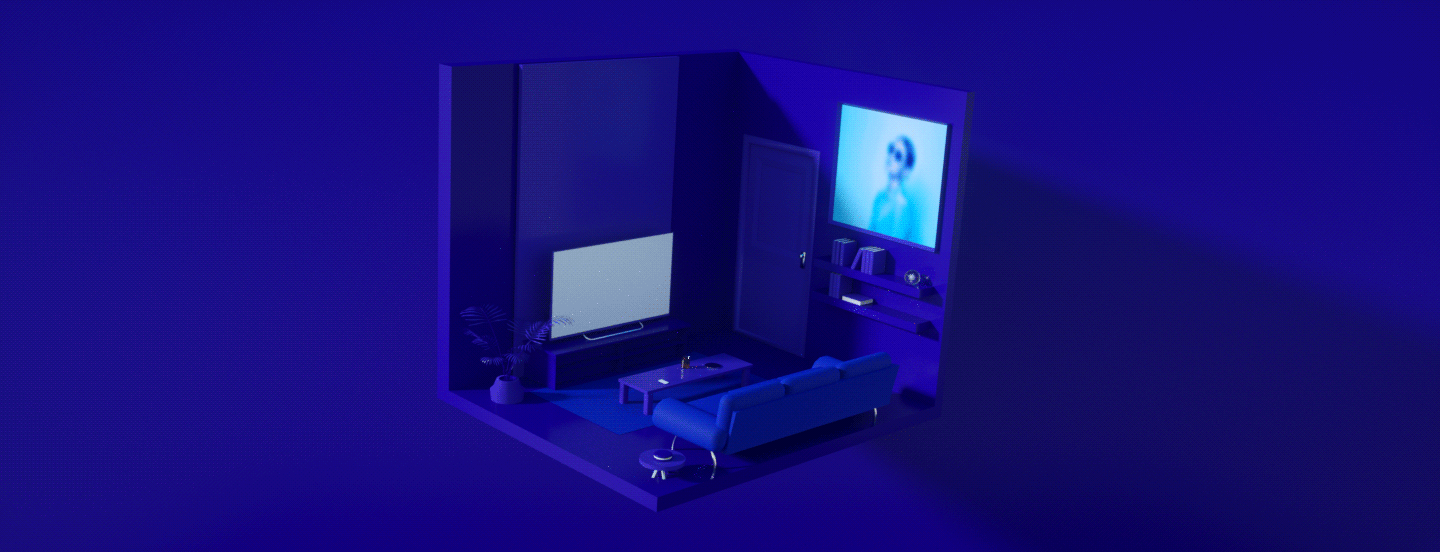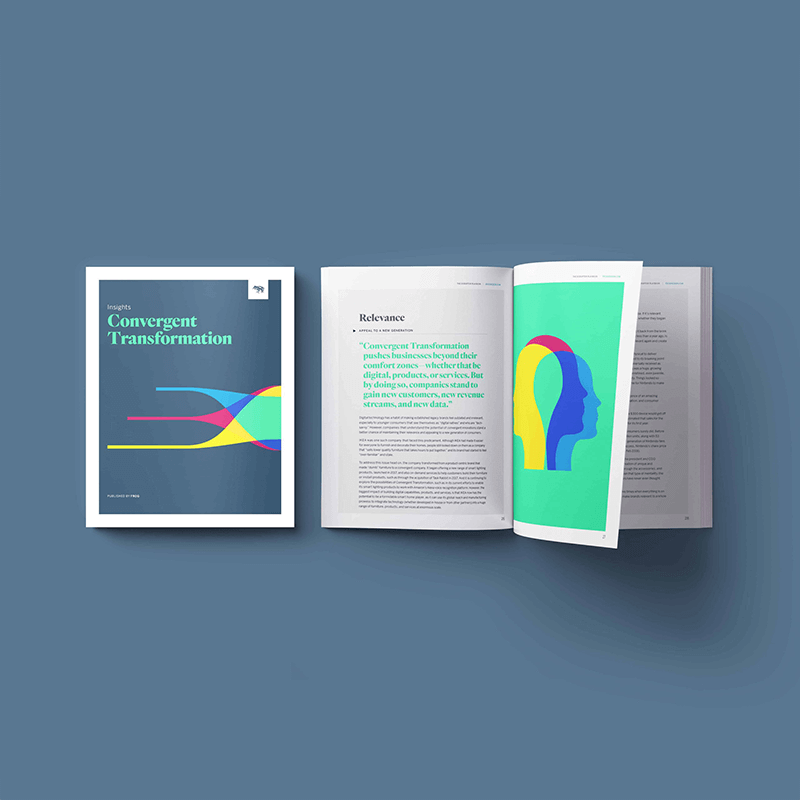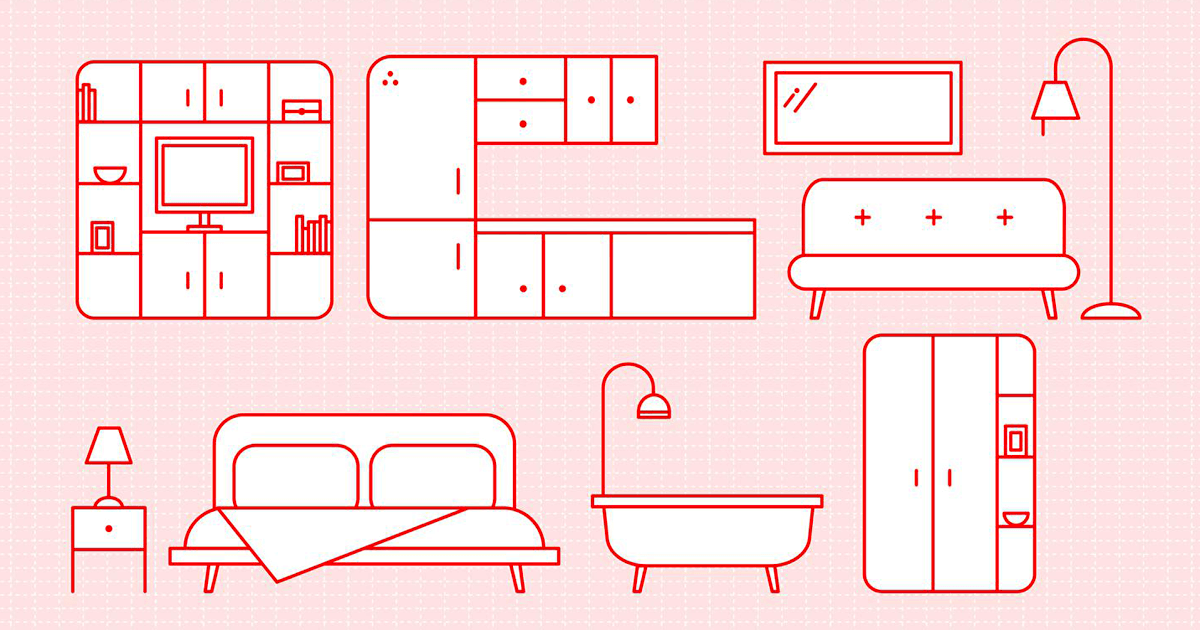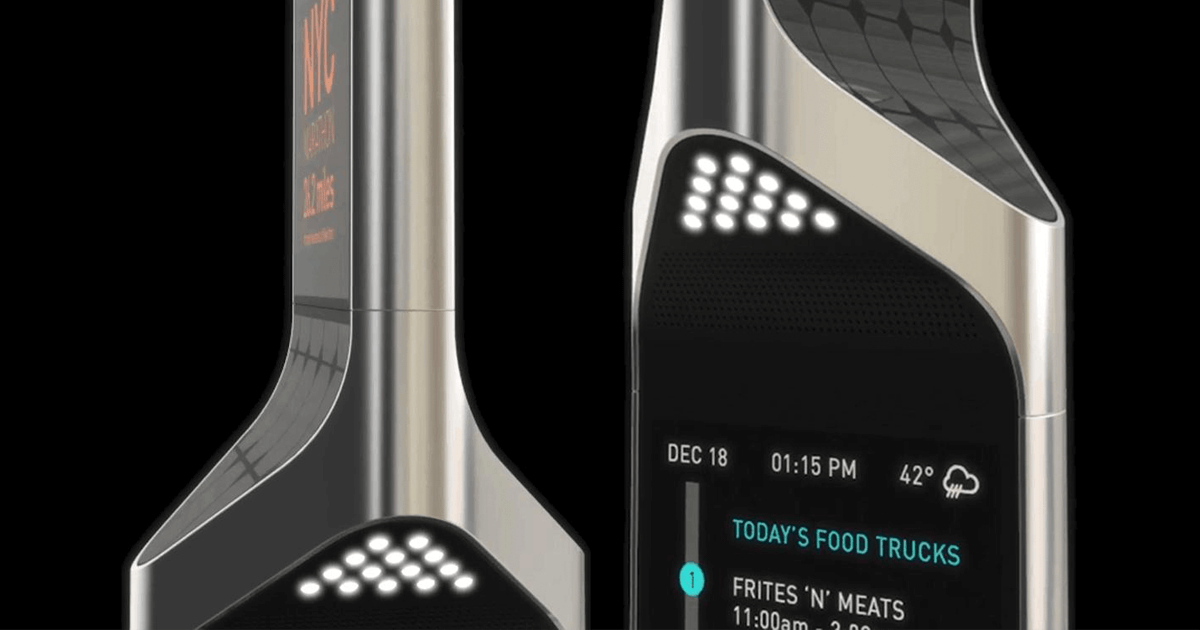
Dumb Things Smart Homes Do
The ‘smart home’ space has been evolving for more than a decade, but we’re still only at the beginning of fully realizing what’s possible. In fact, smart home systems often have gaps in their functionality, leading to disjointed experiences and at times causing users to abandon them altogether. By better understanding what people want and need their connected home devices to do, companies stand a better chance of encouraging sustained smart home adoption.
But first, what does it mean for a home to be smart? Researchers consider that smart homes are ones that contain a network of connected devices and services that offer the benefits of being smart. The beginning level of smart home includes automation (e.g., autonomous lighting and air temperature management), as well as remote monitoring and control functions (e.g., viewing and affecting activity in your home from afar). However, to meet the evolving criteria of ‘smart home’, I believe the next generation of smart home will also need to be truly context-aware, which means understanding a user’s situation (e.g., whether the user is home alone or with others) and being able to make intelligent interaction decisions accordingly.
On July 31, 2020, I’m excited to be speaking at the XD Design Conference about what our research shows regarding how different people have embraced smart home systems. Along with making home life more simple and convenient for all, smart homes have enormous opportunity to support medical patients, aging populations and people with disabilities. Looking through the lens of inclusivity, smart homes have unlimited potential to help these groups live independently, with enhanced well-being and increased comfort.
For example, connected cameras are a common fixture in smart homes, which are often designed and produced only within the context of remote surveillance (e.g., as a home security tactic). In fact, smart home users are already treating cameras as two-way communication devices. For example, many parents use them to chat with their kids when they are notified that kids are entering home from school. We refer to these workarounds as the ‘camie-talkie’, in which family members outside the home use cameras to interact with those inside and vice versa, much like a walkie-talkie. There is plenty of opportunity to further improve on this and related experiences.
Smart home products are produced quite often in silos within big organizations, where each product team is focusing on a particular product, sometimes even a particular small feature. The result is that final products lose sight of the overall vision of the smart home as a whole experience. In this above-mentioned case, users don’t strictly use the surveillance camera for safety purposes as they are designed and manufactured. Users leverage it flexibly and apply its core technology capabilities—remote visibility and communication—for other needs in the household.
As designers and IoT producers, perhaps we should take a more systematic mindset, one that enables users to take any core technology capabilities of any designated smart home device and apply it to the jobs-to-be-done in their home.

What if surveillance cameras can become active and direct communication devices?
Some design provocations:
- What impact does using cameras as communication devices have on privacy?
- What if a ‘camie-talkie’ product was also a video conferencing system?
- How can smart home systems better encourage family bonding, especially between generations?
We noticed across multiple markets that consumers often have abandoned IoT products scattered around the home. We found two major reasons for this phenomenon, each occurring at the opposite ends of the customer journey. First, the initial setup and app integration process for these products is time-consuming and complicated, so not all users follow through to completion. Second is that when a customer makes an upgraded purchase, older items become obsolete and end up as unused corner clutter.
The IoT ecosystem is very large. When there is a lack of mature agreements and synergies among manufacturers and platform stakeholders, the users then need to figure out the setup process—to download multiple apps and configure the connections between different technologies—in a very fragmented way. Moreover, the business model of smart home products is still very traditional in that all revenue is from product sales. Hence, the manufacturers are striving to launch new product versions one after another, seldomly managing the recycling of old products. Users are left in the dark to deal with the recycling of old smart home products on their own.
A less fragmented and innovative ecosystem for manufacturing, purchasing, upgrading and recycling IoT products is necessary to put new use to these old devices.

What if the customer journey for IoT devices does not end after initial installation? If customers could get upgraded smart home devices with a subscription model, the IoT producers could provide end-to-end services customized to different stages of their lives.
Some design provocations:
- How can the delivery process of new IoT products better allow for the recycling of older devices?
- Who is responsible for smart home setup: one account manager or every resident in a home?
- How might subscription-based services reduce friction at setup, encourage user adoption, aid in product removal and even provide upgrades for different smart home features?
The future of smart homes requires a comprehensive look at customer experience that goes beyond the false dichotomies of hardware and software, product and service, digital and physical. In fact, all of these aspects need to work together. To realize quality in-home experiences in a new world of AI, IoT and machine learning, now is a good time to build what we at frog call Convergent Design capabilities. This philosophy and practice seeks to break down the traditional barriers to growth and innovation in order to enable truly disruptive, transformative experiences.

Smart home systems benefit from convergent design thinking. A holistic smart home enables users to easily use the “core capabilities” of a smart home without caring too much about the format of the devices.
Some design provocations:
- How can we give a sense of ‘control’ to multiple users, using different digital and physical touchpoints, all within the same household?
- What mechanisms are necessary to make transitions feel seamless between users and at different touchpoints?
- How can we better manage the relationship between personal devices and shared devices?
Want to learn more about what’s next for smart homes? Join me live at the XD Design Conference on July 31. To learn more about convergent design and how it can help your organization bring next-generation customer experiences to market, download the frog Convergent Transformation report by Ian Lee, Design Director in frog’s London studio.

Veronika Ji is a Strategy Director in frog’s Milan studio. Her passion for cross-culture research, health trends and entrepreneurship has led to her 10+ years of experience designing innovative user experiences and bringing them to market for Fortune 500 and startup clients. With her hybrid background, Veronika builds the sensibility for companies to extend radical empathy for their users, which helps bridge business strategy and human-centered experience design. Prior to frog, Veronika spent four years based in Shanghai working in management consulting, where she helped clients craft digital strategy and growth strategy.
We respect your privacy
We use Cookies to improve your experience on our website. They help us to improve site performance, present you relevant advertising and enable you to share content in social media. You may accept all Cookies, or choose to manage them individually. You can change your settings at any time by clicking Cookie Settings available in the footer of every page. For more information related to the Cookies, please visit our Cookie Policy.



